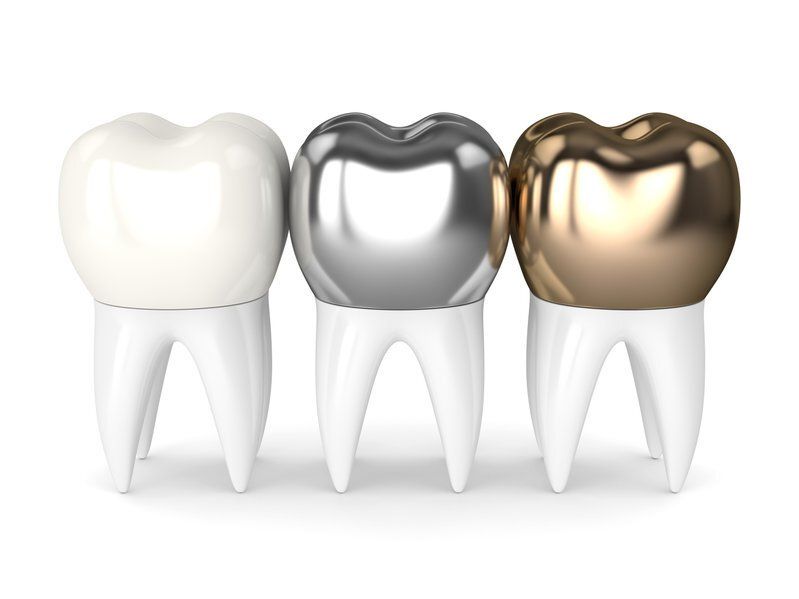Does Your Dental Crown Pain Indicate That Something Might Be Wrong?
- By Mary Marks
- •
- 27 Aug, 2021
- •

A dental crown is basically a cap that is placed on a damaged tooth. The goal that your dentist has by doing this is to restore the right size and shape of your tooth and to ensure that you don’t experience any discomfort or pain. Of course, even though crowns are made from lasting materials such as porcelain or metal, they are not perfect. Small holes, cracks and fissures could appear, which would lead to pain while chewing or after drinking cold or hot beverages. Sedation dentistry can help in getting the crown placed without the discomfort to you.
Your dental crown pain is essentially an indication that the crown is no longer operating as intended. It might have been damaged or moved out of its correct position. Additionally, the dental cavity could also have gotten larger as a result of eating certain foods that contain sugar, coffee or other substances that are bad for your teeth.
In rarer instances, a fractured tooth or an infection may also be the cause of the pain. If that’s the case, then the healing process could take longer as your dentist will have to either give you special medicine, extract the tooth, or use various procedures in order to fix it. In each case, you will have to go and get your crown and tooth checked by a professional dentist before choosing any course of action to treat the source of your pain.





Although oral sedation dentistry Highlands Ranch is one of the optionsavailable for managing anxiety and discomfort during oral surgery, you certainly do not need to use it all the time. As a matter of fact, the exact type of sedation or anesthesia that you receive during oral procedures may depend on various factors, such as the complexity of the procedure, your medical problems, as well as your doctor’s preferences.
There can be several different levels of sedation that can be used in oral surgery. Local anesthesia is one of them. This involves injecting anesthetic medication into the specific area where the surgery will take place. It numbs the area and is often used for less invasive procedures.
Oral sedation involves taking medication in the form of a pill to induce a state of relaxation and drowsiness. The patient is still conscious, but he/she may not be fully aware of the procedure. At any rate, sedation helps him/her get rid of anxiety.
In the case of intravenous sedation, medication is administered through a vein, which induces a deeper state of sedation than oral sedation. Patients may still be conscious, but they are less aware of their surroundings and may not remember the procedure.





